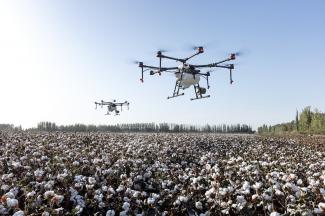Saturday, February 15, 2020
Last month, the Council on Environmental Quality (CEQ) proposed a rule that would considerably change the implementing regulations of the National Environmental Policy Act (NEPA) (ELI’s guide to the proposed regulations is available here). NEPA requires that major Federal actions undergo environmental review before being carried out. The review process involves examining environmental impacts and alternative actions, consulting interested parties, and identifying mitigation; and, while procedural in scope, it aims to ensure that environmental considerations are incorporated in government decisionmaking.









